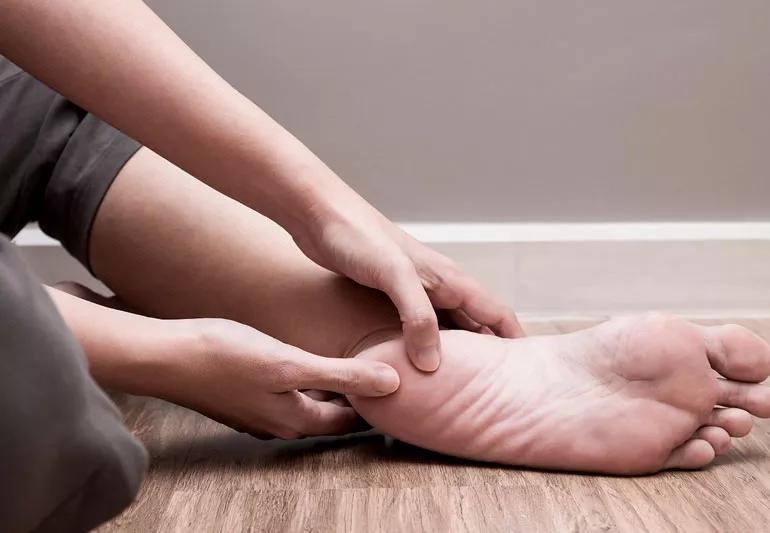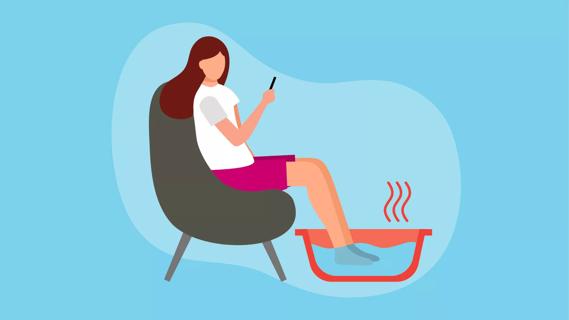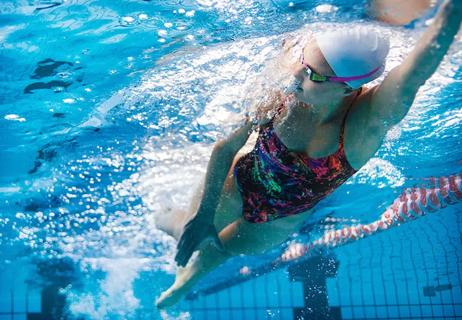Treat your feet to easing stretches

Contributor: Judi Bar, Lead Yoga Therapist and Yoga Program Manager -Wellness and Preventive Medicine
Advertisement
Cleveland Clinic is a non-profit academic medical center. Advertising on our site helps support our mission. We do not endorse non-Cleveland Clinic products or services. Policy
Can’t wait to head off to your vacation in the Rockies and try out those new hiking boots? The day is beautiful, the weather’s great and you feel lucky to be alive. That is, until the next morning when you feel a stabbing pain in your heel.
This pain, known as plantar fasciitis, can be caused by a number of things, but typically our footwear and extended periods of walking are the culprits. Yoga postures that stretch and strengthen the legs and feet can help reduce and even relieve plantar fasciitis.
When doing these suggested poses, please listen to your body. There should be no pain in yoga, especially in your joints. Only move through to a moderate stretch.
Watch the video for a demonstration of these poses, which can be done sitting or standing. You’ll find the descriptions below for reference.
Advertisement
Advertisement
Learn more about our editorial process.
Advertisement

Home remedies are unlikely to cure your contagious foot fungus — and they might even make it worse

Cramps can creep up if your shoes are too tight, you’re dehydrated or you have poor circulation

If soaking your feet, disinfecting your shoes and making lifestyle changes don’t do the job, it’s time to talk to a doctor

Genetics, hormones, medications and stress are just a few reasons your feet could be extra funky

Try stretching, massage, elevation and a supportive pair of shoes to help relieve foot aches and pains

Footwear that offers cushioning plus heel and arch support can help you relieve and manage symptoms

Except in certain medical scenarios, foot health experts rarely recommend foot soaks

Rethink your exercise routine to maintain — and maybe even gain — fitness during recovery

If you’re feeling short of breath, sleep can be tough — propping yourself up or sleeping on your side may help

If you fear the unknown or find yourself needing reassurance often, you may identify with this attachment style

If you’re looking to boost your gut health, it’s better to get fiber from whole foods